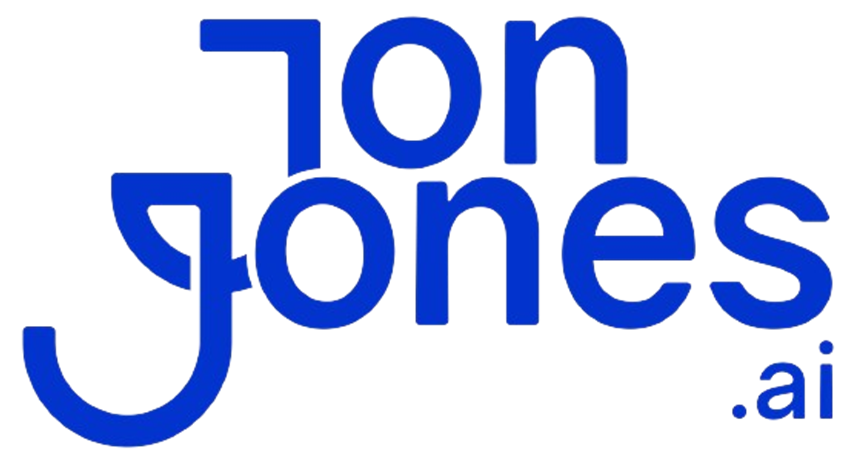Shifting from one profession to another can spark both excitement and uncertainty. Whether your interest has evolved, exhaustion set in, industry demands shifted or a passion resurfaced, a strategic approach matters. At the core lies a resume that bridges what you’ve done with where you intend to go.
By 2025 employers rely heavily on automated systems. Recruiters often glance at a document for only seconds before an ATS decides its fate. Your resume must pack a clear narrative, spotlight core abilities and link past achievements to desired next steps.
This walkthrough presents steps to reshape your resume into a compelling asset for a new field. You’ll learn how to pick a fitting layout, showcase transferable impact and fine-tune language to pass both machines and human eyes.
To start, zero in on your target role. A move from marketing to UX design, teaching to corporate training or sales to operations calls for distinct storytelling. With a well-defined goal you can:
- Choose the best layout for that function.
- Prioritize wins that speak to new requirements.
- Adjust skill terminology to match expectations.
- Craft a summary that lays out your case.
Resumes that try to serve multiple aims end up diluted. Commit to a single path and align every section to support it.
When choosing which successes to highlight, think of projects where you demonstrated leadership, problem solving or technical know-how. Though a task may feel routine, any result you tie to revenue growth, cost savings or efficiency gains makes a stronger impact.
Building a resume manually once meant endless keyword research. Today, online platforms suggest industry terms, test ATS success rates and format sections with precision. They guide you toward a document customized for specific roles.
Key features often include:
- Role-specific templates that meet ATS rules
- Automated keyword recommendations based on job ads
- Formatting checks to avoid layout issues
- Real-time previews of how an ATS will read your file
Using these tools reduces guesswork and speeds up each revision. You finish with a more polished result in less time.
Each resume builder tool offers a range of templates. Focus on ones labeled with your target field—project management, UX design, data analysis or corporate training—to avoid manual tweaks. Good platforms let you swap sections on the fly and preview structure as the ATS sees it.
Popular options include ResumeSmith, ProCV Builder and JobHero—each boasting guidance customized for specific industries, keyword checks and layout presets. Some platforms even compare your file against live postings to show your compatibility score.
Many tools allow you to upload your existing resume and receive a compatibility score based on live postings. That feedback highlights missing keywords and suggests action items. You can iterate until the platform rates your file in the top tier for your target role.
Some hiring teams prefer seeing a straightforward key skills table at the top. You can use a two-column layout there on a hybrid resume. Split technical skills on one side and soft skills on the other, keeping each item concise. This gives immediate clarity on your strengths.
Think of your summary as a brief elevator pitch. For a pivot, it must link your past background with new responsibilities and goals.
Frame it around three questions: What motivates you? Which skills transfer? What original insight do you deliver?
Example for a teacher shifting into instructional design:
“Creative and profit infection in teacher-directed design. Brings 7+ years of experience experiencing digital platforms to develop attractive text plans, manage learning, and increase education. Eager to apply educational skills and technique-language approach to the company’s learning environment.”
This sample may sound rough, but it shows how a pivot summary bridges older expertise and fresh ambition.
Rather than a plain reverse-chron layout, consider a hybrid design. It starts with a skills overview then lists experience from newest to oldest.
Advantages of a hybrid layout include:
- Putting relevant abilities front and center
- Keeping mismatched titles out of immediate view
- Highlighting impact instead of daily duties
Under each role, avoid listing every routine task. Instead, spotlight achievements that echo your target industry’s needs. Swap general descriptions for specialized language.
Original entries appear as quotes:
“Managed customers provided help through complaints and phones, and e-mail messages.”
“The customer, while maintaining satisfaction and storage, effectively solved the client, and demonstrated strong conflict solutions and relationship skills.”
These fragments read awkwardly. When you rework similar content for a new field, zero in on numbers, outcomes and industry keywords.
Hiring managers look for proof you’ve invested in your new path. Create a section titled “Certificate and Professional Development” and list relevant courses.
- Google Project Management Certificate
- Python for Data Analysis – Cortera
If certifications come from recognized institutions such as Google, Microsoft or industry bootcamps, they carry extra weight. Free resources like Coursera or edX can supplement formal credentials, showing hiring teams you’re proactive.
If you completed an intensive bootcamp or microcredential, mention project outcomes within that section. For example, note you built a React app or led an Agile sprint with a cross-functional team, helping interviewers see direct relevance.
Passion projects and pro bono work demonstrate drive and ability. For example, UX candidates might present a mock website prototype, laying out steps, tools used and final feedback or metrics.
Document each project with concise overviews. Include problem definition, your role in research or design, technologies applied and final lessons learned. This level of detail elevates passion projects into credible proof of skill.
Quantifiable results capture attention more than vague claims. Pick statements that pair well with your new goals.
- Customer satisfaction score increased by 20% over a year
- Trained and maintained a team of 8 trainees, improved efficiency on board by 35%
- Designed a course that improves the performance of student testing by 40%
Every job advert hides clues about must-have skills. Match your summary, skills list and work bullets to those terms exactly. ATS tools scan for precise matches, even before a person sees your file.
ATS scans look for exact phrases. If a posting requests “Agile project management,” mirror that line in your skills or summary. For roles requiring certifications like PMP or Scrum Master, avoid shorthand and use full titles so the software flags the match.
Avoid elements that trip up machines. Decorative borders, text boxes or headers embedded with graphics may render incorrectly in an ATS parse. Use simple bullet points and standard section headings. Tabs can help align dates and titles without resorting to tables.
If a mismatch exists between earlier job titles and your new aim, introduce a “Relevant Experience” or “Career Highlights” block above your standard work history. There, pull in roles, side gigs or volunteer work that showcase fit.
Optionally, you can place key metrics or certifications next to your name and contact info at the top. A snippet like “20%+ customer satisfaction gains” or “Google Certified Project Manager” draws eyes to your real strengths.
Hiring teams value honesty. Use your summary, CV and cover note to share why you’re making this switch. A well-crafted explanation combined with clear goals and evidence of upskilling can set you apart.
Stepping back to assess your core strengths and any skill gaps signals maturity. Combining a clear pivot story with proof of new learning makes managers more confident in your transition.
Most recruiters prefer short, clean resumes. One page looks crisp for those with under ten years of work. Two pages can work if your backstory involves varied roles or long tenure.
- Standard headings like Work Experience, Education and Skills
- Common fonts such as Arial, Calibri or Times New Roman
- Margins set to at least half an inch
- File name format: JobTitle_YourName.pdf or .docx
Each element should build the case for your next role without clutter. That focus makes every word count.
Some applicants worry a resume builder app produces cookie-cutter designs. To make yours stand out, tweak fonts slightly, adjust spacing and use bold text sparingly. The goal is a file that reads cleanly on screen and in print, and that scans accurately.
As you finalize each draft, send it to a trusted mentor or peer in your new field for feedback. They can spot jargon misuse or missing achievements that resonate in day-to-day work. A fresh pair of eyes often elevates your presentation.
Switching to a new field may sound demanding, yet a deliberate resume strategy speaks volumes. By weaving transferable skills, relevant credentials and clear metrics into an ATS-friendly format, the document you present can open opportunities that once felt out of reach. A fresh career chapter starts with a strong professional portrayal.






